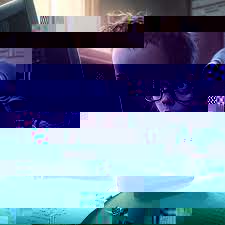
 Dentist Channel Online
Dentist Channel Online
Author-Dr Aparna Pandya (Mrs India Vivacious 2019)
Leukoplakia is a white or gray patch that presents itself on the tongue, the inside of cheek, or on the floor of the mouth. It occurs as a result of the irritation of the mucous membranes of the mouth for a very long time. These patches may also present itself on the female genital area; however, the etiology of this lesion is not known yet.
These lesions may occur at any age but are most likely to be seen in older individuals. "Hairy" leukoplakia of the mouth is not commonly found form of leukoplakia which is thought to be caused by the Epstein-Barr virus, and occurs in individuals that were infected with HIV, have AIDS, or AIDS-related complex. It may present itself as thrush, an infection that is thought to be caused by a fungus Candida which occurs in induviduals who have a very low immunity and are susceptible to infections.
The most common presentations of leukoplakia are as follows-
Over weeks to months leukoplakia patches may develop and change slowly. They’re most likely painless, but are thought to be sensitive to irritations such as heat, touch etc.
The most common causes of leukoplakia :
Inorder to diagnose this condition the clinician has to look for-
After examination the best way is to take a biopsy to rule out other causes, including oral cancer. When the biopsy is done, a small piece of tissue from the area will be removed which is then taken to the lab to be examined in a lab.
Removal of the nidus of irritation is the major treatment line for leukoplakia. For instance, if leukoplakia is caused by a rough tooth or an irregular surface on a denture or a filling, the tooth will be smoothed and dental appliances repaired. If on the other hand the cause is found to be by smoking, the patient is encouraged to minimize or stop smoking or using other tobacco products.
Leukoplakia is usually found to be harmless, and lesions usually clear in a few weeks or months after the source of irritation is removed. The lesion can be removed either by a general dentist or by an oral surgeon.
Hairy leukoplakia needs treatment on the other hand would need antiviral medication.
The most effective route of managing this lesion is to eliminate the major source of irritation. Try these lifestyle changes:

Hailey - 9 months ago